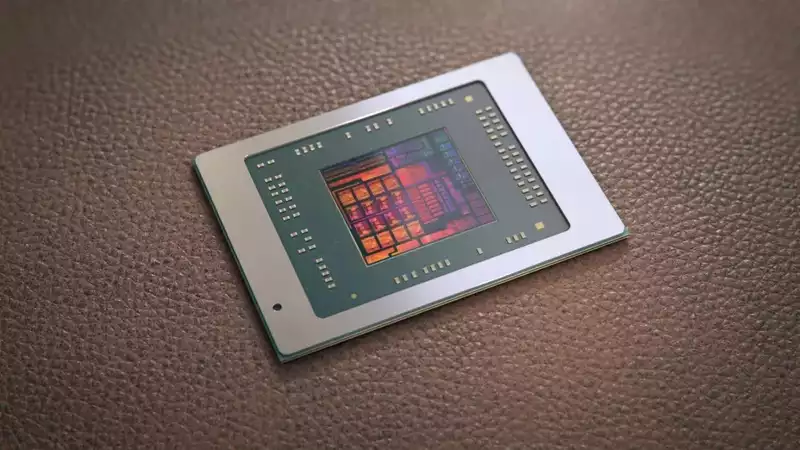The latest rumor is that AMD's super APUs, variously known as "Strix Halo" and "Sarlack," will be delayed until 2025. Even more unfortunately, the slightly less ambitious Strix Point APU is also said to be delayed a few quarters.
Now, these are rumors about AMD's unannounced next-generation products. In other words, we are talking about a delay from a date that is itself unofficial. However, it would be rather unfortunate if this new information from the YouTube channel "Moore's Law is Dead" is accurate.
Strix Halo is particularly exciting thanks to its huge graphics performance potential. For starters, it is said to have a GPU with 40 RDNA 3.5-spec compute units, whose raw graphics power is at least comparable to the AMD Radeon RX 6700 XT desktop graphics card with 40 RDNA 2-spec CUs is comparable to that of the AMD RX 6700 XT desktop graphics card with at least 40 RDNA 2-spec CUs. This is impressive for an integrated GPU designed primarily for laptops.
Of course, a direct issue for a truly high-performance integrated GPU is memory bandwidth: Strix Halo is rumored to have a 256-bit memory bus, which is double that of existing APUs and even double that of a traditional desktop PC processor.
In this sense, Strix Halo is a bit more like the APUs found in modern game consoles such as the Microsoft Xbox Series X and Sony PS5 than a PC APU. The exception is that Strix Halo is considered a chiplet design, while APUs for these consoles are single-chip monolithic designs.
Yes, the Strix Halo is said to have 16 Zen 5 CPU cores. To put this in perspective, AMD's current flagship APU, codenamed "Phoenix" and used to great effect in gaming handhelds like the Asus ROG Ally, has 12 RDNA 3-spec compute units along with eight Zen 4 CPU cores and a 128-bit memory bus. In other words, Strix Halo is on a completely different level.
Indeed, this is a very radical departure, and it is not clear if it can be used in a handheld such as the Phoenix. But what about Strix Point, the smaller sibling of Strix Halo,
a somewhat straightforward follow-up to Phoenix with a 128-bit memory bus and 16 RDNA 3.5-spec GPU compute units?
What makes Strix Point more innovative is the combination of four full-spec Zen 5 cores and eight smaller Zen 5c cores. As previously covered in our Zen 4c description, AMD details how its upcoming smaller, more efficient CPU cores differ philosophically from those found in Intel's hybrid CPUs, including Alder Lake and Raptor Lake chips.
Intel made the "Efficient" core a completely bespoke design, allowing four cores to be squeezed into the same space as a full "Performance" core, at the expense of performance Intel's Efficient core is much slower and do not have HyperThreading. [AMD's Zen 4c, however, is exactly the same core as the Zen 4, except that the cache memory has been reduced in size and the silicon is laid out more compactly. As a result, it is less dense than Intel's smaller core, and AMD can fit two Zen 4c in the space of one full-fat Zen 4 core. However, Zen 4c is expected to be much closer to Zen 4 in performance than Intel's small core when compared to the full-fat performance cores of Alder Lake and Raptor Lake.
In any case, Strix Point is said to be delayed until mid-2024. Overall, the launch of both APUs appears to be delayed by approximately 6 months.
Hardly a disaster, but disappointing if true. If Strix Halo came out next summer with more performance than the AMD Radeon RX 6700 XT on a laptop APU, that would have been super impressive. In the meantime, desktop graphics performance will continue to advance, and assuming that something like the 6700 XT will be pretty old by then, we'll still be pretty cheated in 2025.
.

Comments